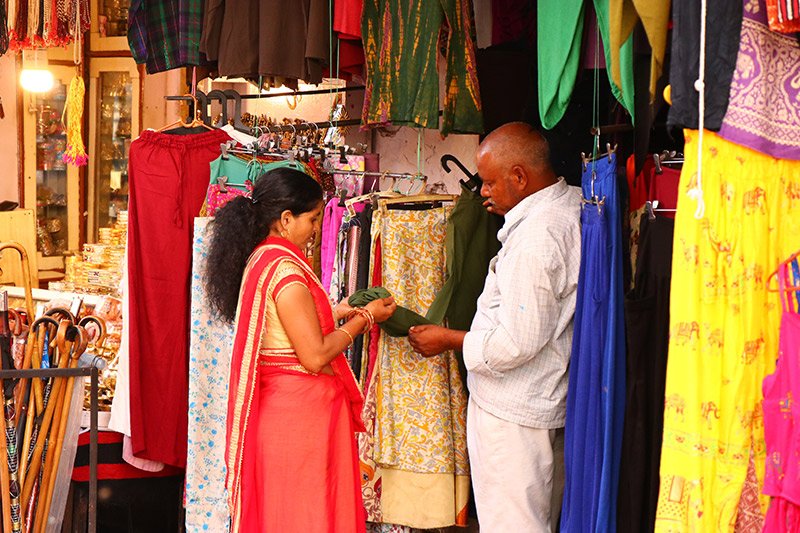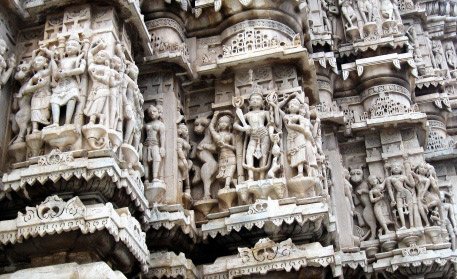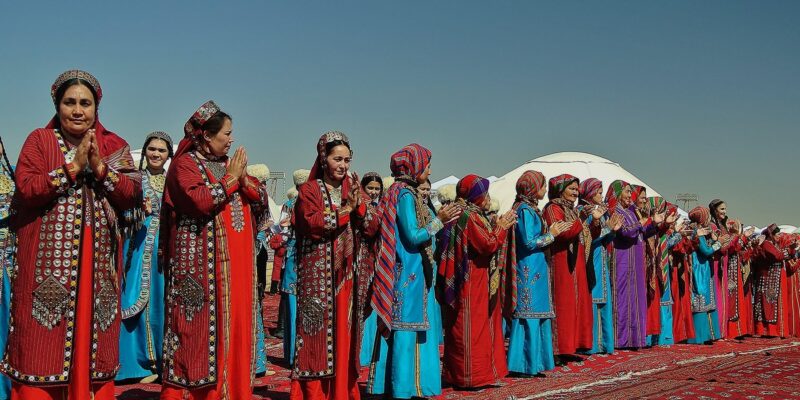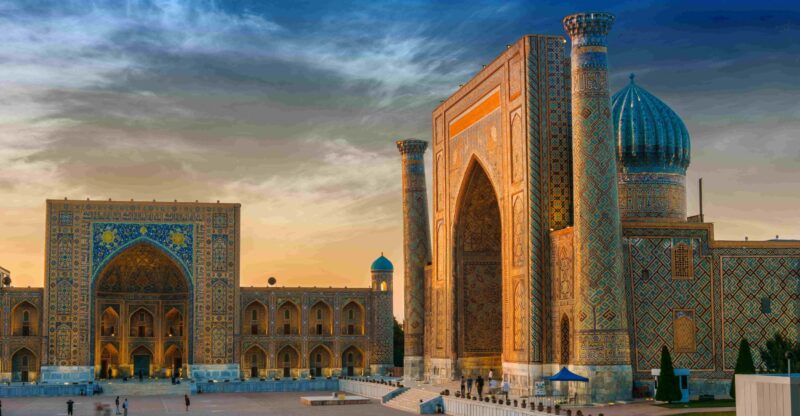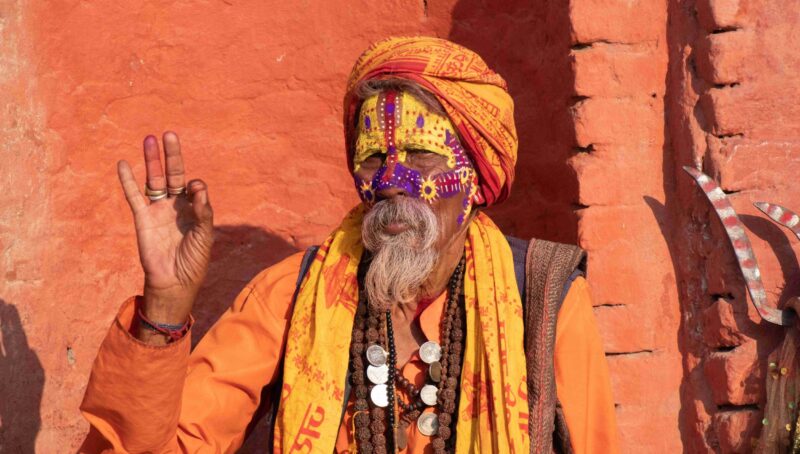Rajasthan Encompassed
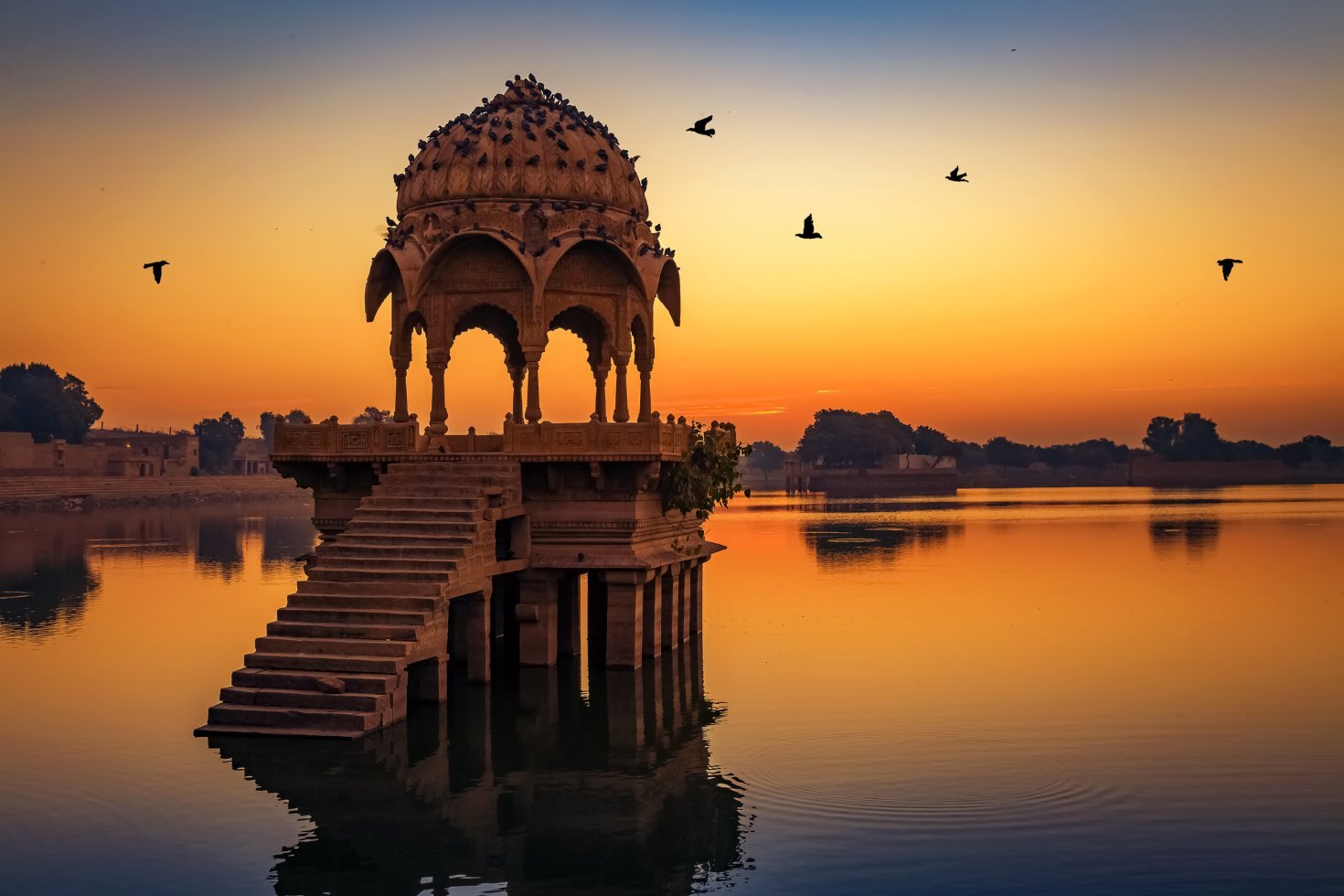
This journey to the land of the Maharajas starts with a visit to the unmissable Taj Mahal in Agra, one of the most celebrated and spectacular buildings in the world. Track the iconic Tiger in atmospheric Ranthambore National Park in the shadow of its dramatic fortress. Travel through Rajasthan’s most enchanting cities, such as Jaipur and Udaipur. In the walled desert city of Jaisalmer, you have ample time to explore its traffic-free streets, flanked by exquisite architecture. There is also time to relax and recharge in the laid-back, sacred oasis town of Pushkar and visit the fantastic Meherangarh Fort in Jodhpur, one of the most impressive in India. We also journey into some of the lesser visited areas of rural Rajasthan such as Chandelao, where we can spend time observing traditional customs. We finish in surely Rajasthan’s most picturesque city, Udaipur, set against the backdrop of idyllic Lake Pichola. The tour offers the quintessential highlights of the region, whilst also taking in some of the more singular, extraordinary and relatively undiscovered locations. Rajasthan is often said to be India’s most colourful state – travel with us to experience its full vibrancy and diversity for yourself!
Arrival and departure transfers
Overland transport throughout with professional driver
Domestic flight as shown
All accommodation
Services of English-speaking guide / tour leader
Meals as listed, B – Breakfast, L – Lunch, D – Dinner
Entrance fees for sites listed as part of the itinerary
International flights (, contact , us, for expert advice and a quote)
Any airport taxes (except when included with domestic airfares)
Travel Insurance
Visa – when required
Drinks
Items of personal nature
Tips (Discretionary)
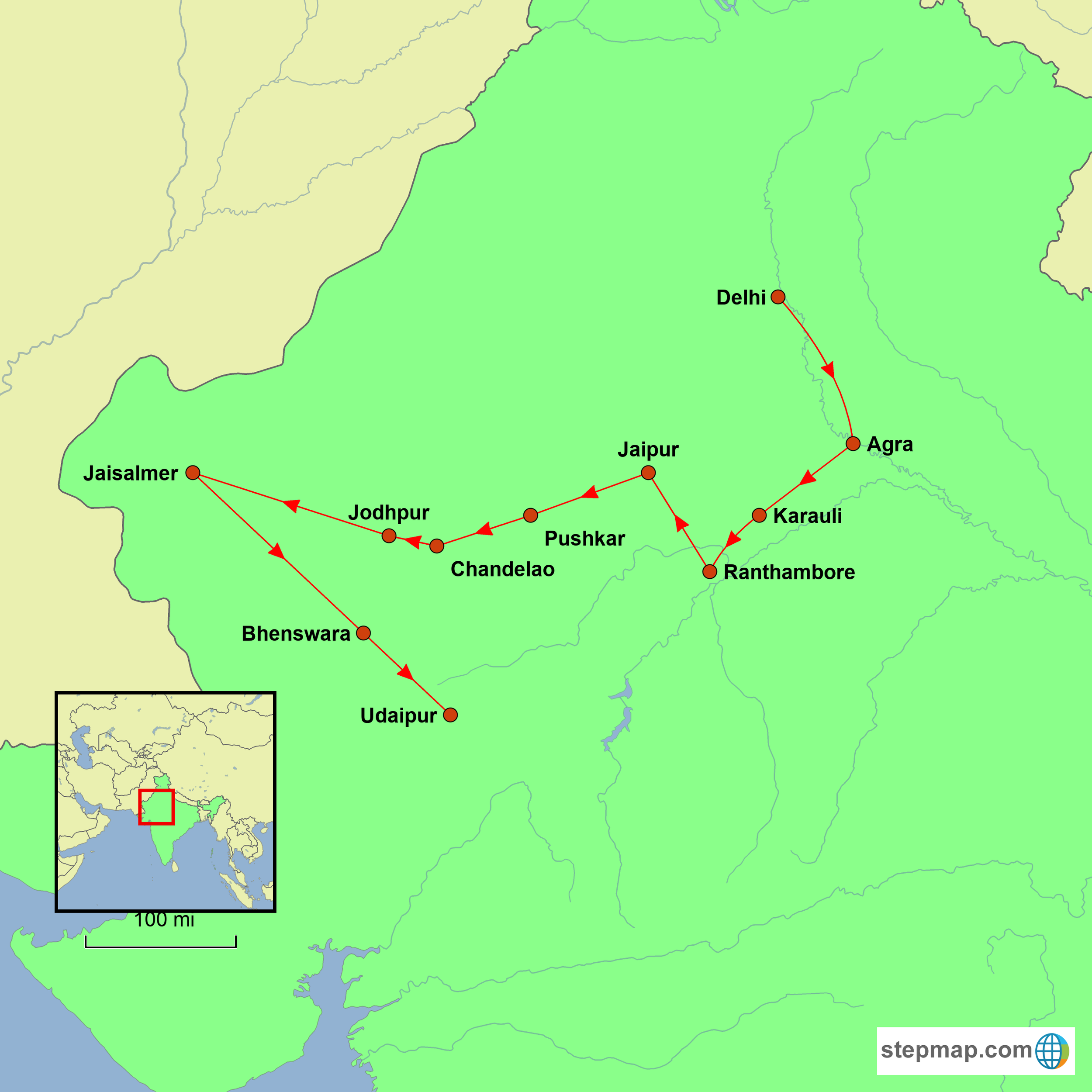
The Rajasthan Encompassed tour by Undiscovered Destinations is a comprehensive 15-day journey through northern India, blending iconic landmarks with authentic cultural experiences. The adventure begins in Delhi, exploring both its historic and modern facets, before proceeding to Agra to witness the splendour of the Taj Mahal. Travellers then embark on a tiger safari in Ranthambore National Park, followed by visits to Jaipur’s Amber Fort and Jodhpur’s majestic Mehrangarh Fort. The itinerary continues with a camel ride in the Thar Desert near Jaisalmer, a visit to the sacred town of Pushkar, and an immersive stay in the rural village of Chandelao, offering insights into traditional Rajasthani life. The journey concludes in Udaipur, renowned for its picturesque lakes and palaces. This small-group tour is designed for those seeking a balance of cultural immersion, historical exploration, and natural beauty. With a moderate fitness level required, participants can expect a mix of guided tours and leisure time, ensuring a rich and varied experience of Rajasthan’s diverse offerings.
Taj Mahal in Agra
One of the world’s most iconic landmarks, the Taj Mahal is a breathtaking symbol of love and architectural brilliance.
Ranthambore National Park Safari
A thrilling tiger safari in Ranthambore offers a rare chance to spot tigers in their natural habitat amidst scenic landscapes.
Amber Fort in Jaipur
A majestic hilltop fort in Jaipur, Amber Fort is renowned for its stunning architecture and panoramic views of the surrounding countryside.
Camel Ride in the Thar Desert
Experience the vast beauty of the Thar Desert on a camel ride, offering an unforgettable adventure in the golden sands of Rajasthan.
Udaipur’s Lakes and Palaces
Udaipur, often called the "Venice of the East," is famous for its serene lakes and stunning palaces, creating a romantic and picturesque setting.
Download the Information Pack
To download the tour full dossier, which includes a complete day-by-day itinerary breakdown and detailed tour information, fill in the details below.

Foreign Office Travel Warnings Before booking your tour, please familiarise yourself with the country specific information provided by the UK’s Foreign, Commonwealth and Development Office (FCDO) – www.gov.uk/foreign-travel-advice. This includes important information such as latest immigration requirements, and details of any travel advisories. We constantly monitor the advice posted by the FCDO. In particular we will always advise clients of any travel warnings. At present there are no warnings against travel to the parts of India that we visit on this tour. Please feel free to contact us should you have any specific concerns or would like to know in detail what measures are being taken to ensure visits remain trouble free and without incident. It should be noted that this information applies to British citizens. Other nationals are asked to check the current position of their respective government. Visa Information At the time of writing British, US and Australian nationals require a visa for a tourist visit to India. For further details please visit the applicable website shown below. British Nationals – www.gov.uk/foreign-travel-advice US Nationals – travel.state.gov/content/travel/en/international-travel.html Australian Nationals – www.smartraveller.gov.au Other nationals should check the latest requirements with the authorities in their home country, or with the destination’s nearest embassy or consulate. Should you require any documentation to support a visa application, such as a letter of invitation, upon request this will be provided by Undiscovered Destinations after receipt of your balance payment. As it is the travellers’ responsibility to ensure that they meet all entry requirements it is essential that you check the rules and any other conditions at the time of booking and again when making your balance payment. In addition, we would strongly advise that you make a final check around two weeks before your arrival. This is important as requirements can change at short notice. Undiscovered Destinations, when possible, will provide guidance about entry rules, but in the first instance please contact the relevant authorities, including the applicable embassy or consulate for assistance. Passports It is your responsibility to ensure that you are in possession of a full passport, valid for at least six months after the date of return to your country. We strongly advise that your passport contains a minimum of two blank pages, as this may be a requirement of the local immigration authorities. In addition, certain countries will stipulate that the two blank pages are opposite each other. If you are unable to meet these requirements, you may be refused boarding by your airline or denied entry by the immigration authorities. For specific information about the requirements for your destination please check with the country’s embassy or consulate. Alternatively, UK citizens can visit www.gov.uk/foreign-travel-advice. Vaccinations & Protection As with travel to most parts of Asia, we strongly recommend that you contact your doctor’s surgery or a specialist travel clinic for up-to-date information, advice, and the necessary vaccinations. For a visit of less than one month, almost certainly you will be advised to have immunisations against the following: Diphtheria and Tetanus, Hepatitis A, Typhoid, Meningitis. The use of a DEET-containing insect repellent is highly recommended. The legal status and regulation of some medicines prescribed or purchased in your home country can be different in other countries. If you are travelling with prescription or over-the-counter medicine, travellers from the UK can refer to the guidance provided by the National Travel Health Network & Centre and published on the Travel Health Pro website. For further information on the legal status of a specific medicine, you will need to contact the embassy, high commission or consulate of the country or territory that you are travelling to. Travel Insurance It is a condition of booking with Undiscovered Destinations that you have adequate valid travel insurance. It is your responsibility to arrange appropriate travel insurance and ensure you have read and understood the full terms and conditions of your travel insurance policy to ensure that you are covered for all activities you intend to undertake whilst on the tour, including all optional activities. Your Insurance Policy must fully cover you for medical expenses (including cover for Covid-19 conditions) and emergency repatriation to your home country and be valid for the entire duration of your holiday. Local Conditions When travelling to our destinations, many of which are underdeveloped and untouristed by mainstream tourism, a good deal of patience and a sense of humour is an important attribute. This will help you to cope with problems such as ageing or poor infrastructure and when maintenance may not be as high as we would always like. The choice of appropriate accommodation in some towns and cities (particularly the smaller places) can be limited, and standards of both service and maintenance can be less than polished. Guides and other service providers in some of our destinations do not always have the decades of collective practice and experience that their counterparts in more developed countries can draw upon. Although we will always try and resolve any issues as quickly as possible, on occasions there may be some shortcomings which no matter how hard we try will be unavoidable.

